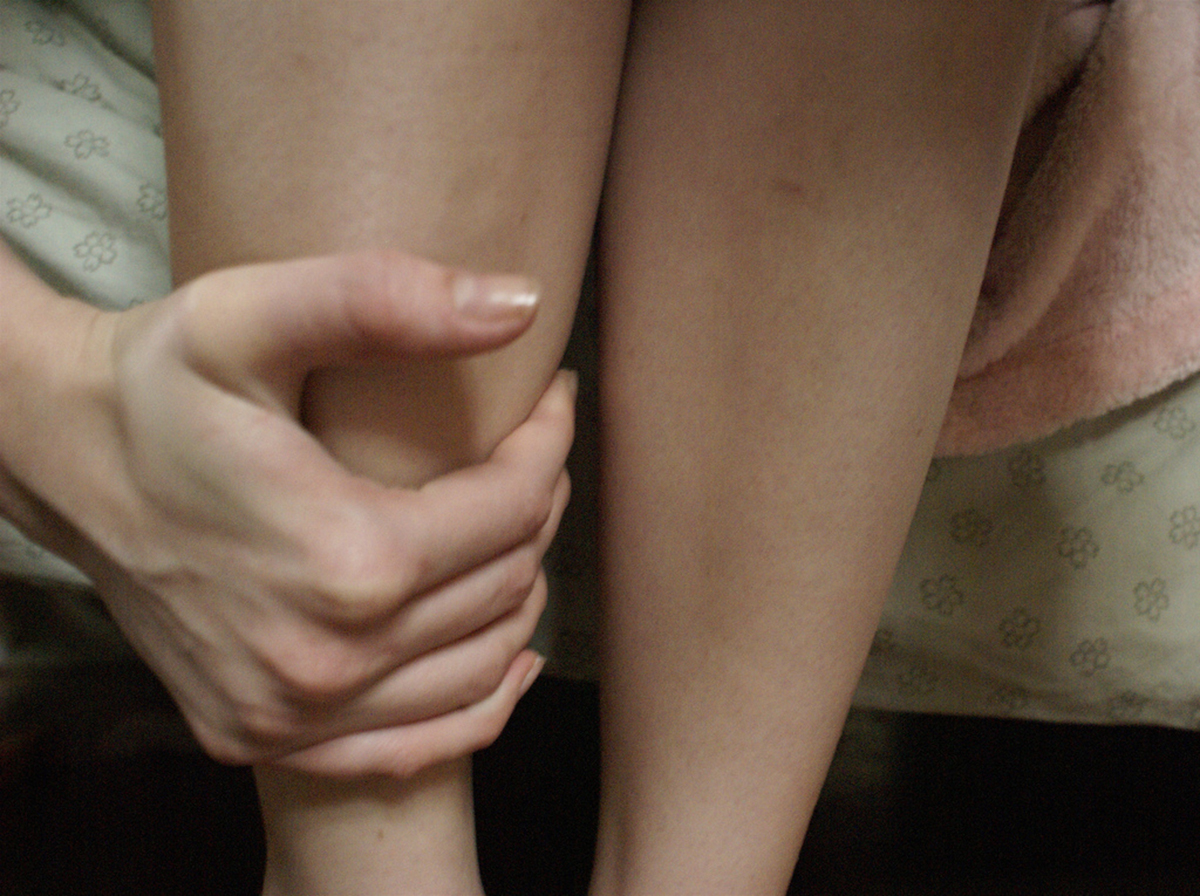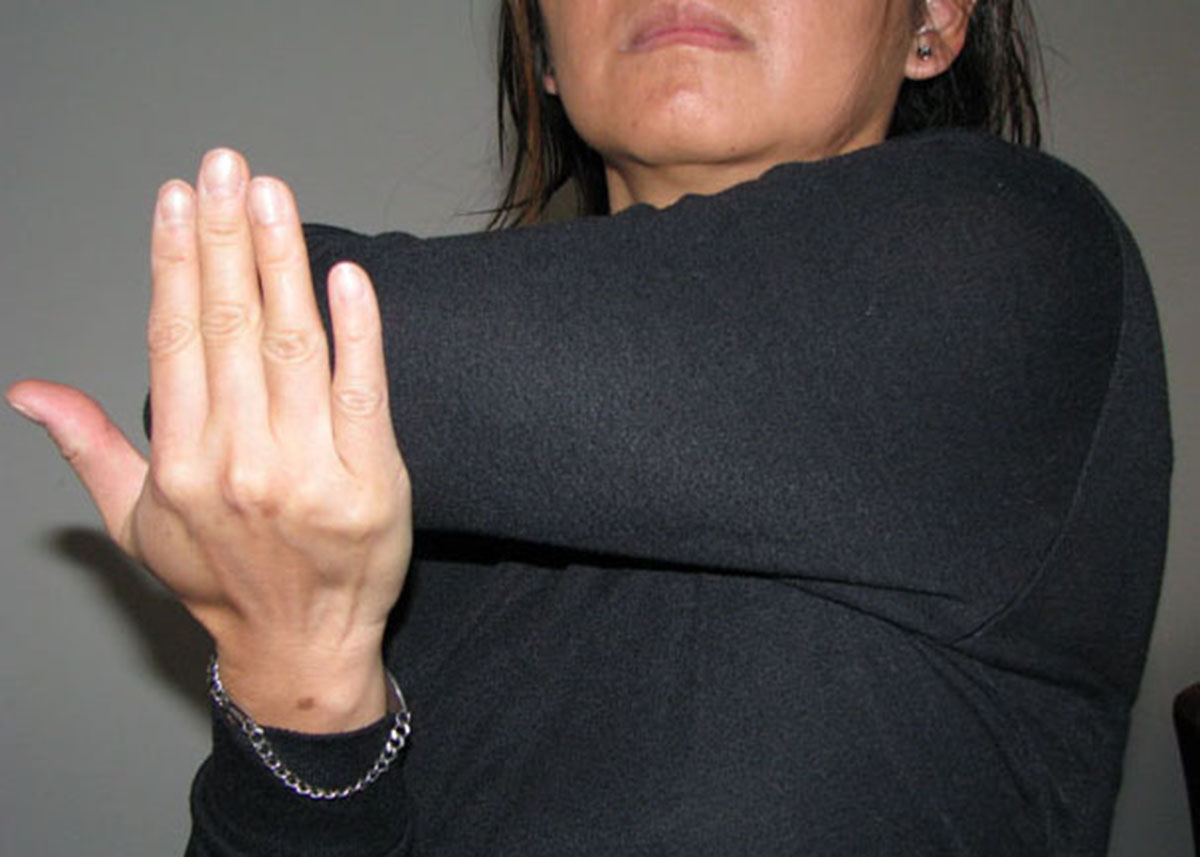What Is Osteoporosis?
Osteoporosis is a condition that affects the bones in the body and weakens them, making them a lot more fragile and prone to breakages and fractures. The most common areas that suffer fractures are the wrists, hips and vertebrae but the fractures can occur in all areas of the body.

There is no single cause for osteoporosis but it usually develops first in females after the menopause because the bones begin to lose densitty after the age of 35, and particularly quickly post-menopause. There are some factors that increase the risk of developing the condition, which are:
- Conditions causing inflammation such as arthritis, Crohn's disease and COPD (chronic obstructive pulmonary disorder)
- A family history of osteoporosis
- Long-term use of certain medications affecting hormone levels
- Heavy drinking or smoking
Diagnosis usually occurs when you suffer fractures from minor accidents such as a simple fall. The physician then refers you for a DEXA scan to determine your bone density and this is used to assess your fracture risk.
What Are Brittle Bones?
Brittle bones are a similar condition to osteoporosis, however rather than developing at an older age it is a genetic condition that causes the bones to break easily because of the lack of collagen in the body. There is no cure for brittle bones but generally the symptoms are manageable once the disorder is diagnosed.
There are eight different types of brittle bone disease and these are determined by the genetic variation and the quality of collagen in that person. Type 1 is the mildest and type 8 is the most severe and causes the most difference in a persons ability to perform daily functions.
Because of the different degrees of the condition, the symptoms can vary from person to person. Generally anyone suffering the condition will be shorter than average, bruise and fracture easily and tend to have brittle teeth as well. They may also sweat more than others and have hearing problems because the bones in the ear tend to be deformed.
How Does This Affect My Life?
Apart from the physical side effects of this type of disease there are social and psychological factors to consider as well. Particularly with children who are undiagnosed at birth, parents can often be accused of abuse because of the level of bruising that can occur easily.
READ Osteoporosis Can Strike at Thirty
Also, children and adults are often afraid of trying new things because of fear and quite often seek advice from counsellors to help improve their state of mind. Physical therapists are often used to help work with people to determine the safe physical limits of their bodies.
Exercises To Boost Bone Density And Improve Quality Of Life
As a sufferer of either osteoporosis or brittle bones, it is important to exercise to help improve or slow down the rate at which bone density decreases. You should seek advise from your physician before starting an exercise program to make sure you are safe to do so but for most people these exercises completed regularly can improve your quality of life.
You should try to do this workout three times a week to get the most benefit out of it but take it at your own pace — maybe starting with once a week as your body adapts to the new activity.

Warm Up
To start the warm up, do some gentle walking around the room or on the treadmill at a very slow pace. Make sure to keep your tummy tight and your shoulders relaxed. You can even do this on the spot. After two minutes, start to increase the height you lift the knees and arms to make it a marching action as opposed to a gentle walk. Continue for a further two minutes and then complete two minutes of side steps. Take two steps to the right and two steps to the left, remembering to take a step wider than shoulder width.
Main Exercises
You need to take caution when completing these exercises because if you fracture easily, you should not use any weight to start with. Seek advice if you are not sure if you should be lifting, with weights or not. All the exercises can be done with or without weight.
1. Wrist curls: Sit on a stable chair and lay your forearm on your upper leg so your wrist is just past your knee with the palms facing upwards. Start with your wrist flat (dumbell in hand) and then curl your fingers up towards you then lower as far as you can and repeat. Repeat 10 times, rest for one minute and repeat another two times.
2. All Fours Walk: Start on all fours with your back straight, slowly move each hand one at a time in a crawling forward motion but keeping the knees stationary. Walk as far as you can, hold for 10 seconds, then slowly crawl back to the start. Repeat three times.
3. Lunges: This is a more challenging exercise so only do this if you are at a low risk of fracture. Start in a standing position with feet shoulder-width apart, step forward with one foot and lower the rear knee to the floor. Hold for two seconds then change legs. Use weight if you are able to complete this too easily.
READ World Osteoporosis Day: Time To Remember Your Bone Health
Cool Down: If you have access to a bike then jump on and turn your legs over for five minutes to cool the legs down. If you dont then walk on the spot or around the gym for 5 minutes.
- Photo courtesy of fromcolettewithlove via Flickr: www.flickr.com/photos/fromcolettewithlove/514765615
- Photo courtesy of Musespeak via Flickr: www.flickr.com/photos/musespeak/8512557554


Your thoughts on this